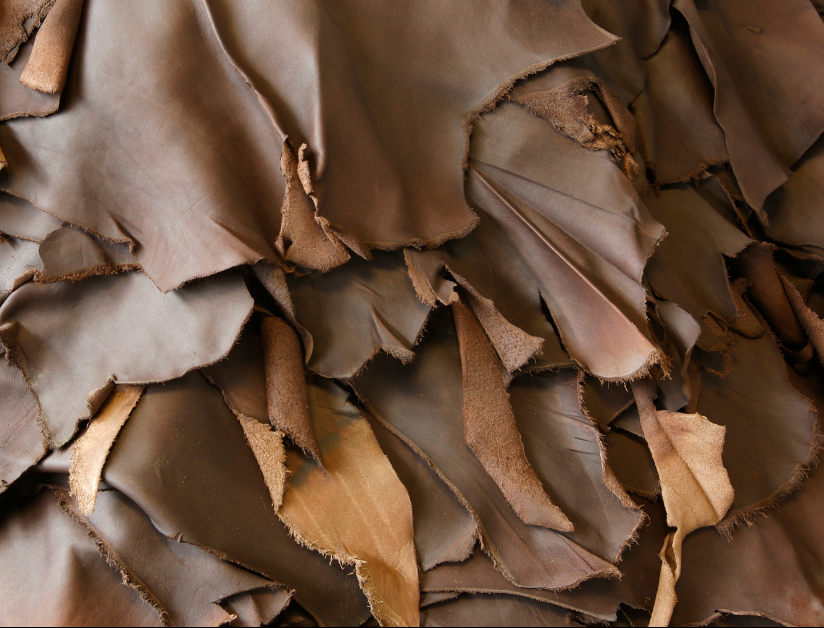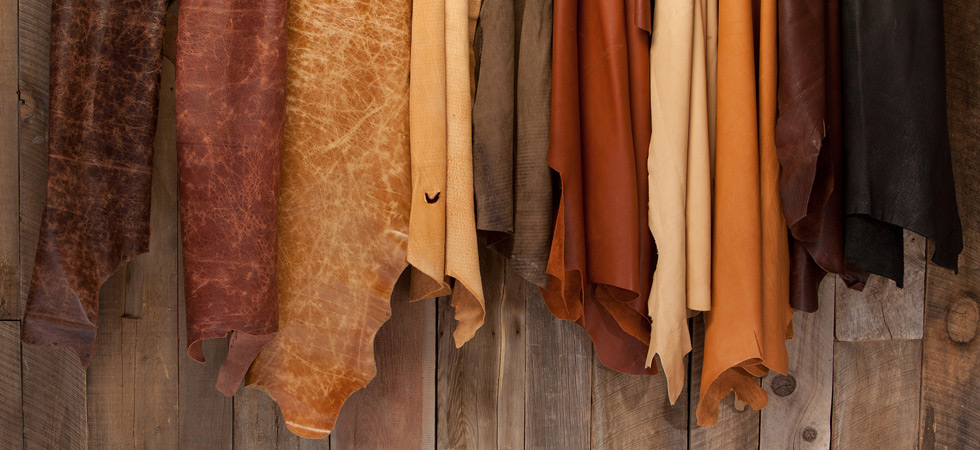Animal skin has a three-dimensional texture composed of amino acids. Through some bonds, amino acids come under the effects of some external factors; thus, the protein texture of the skin will be damaged, and it will lose its properties; therefore, some actions need to be done over the hide to retain the property and state of the hide so the fur will be ready to be used for leather production this is the first step of the tanning process.
One of the oldest human activities is tanning; however, it hasn’t changed through so many years. It requires well-trained expert people because it is a complex process; the old version of tanning methods contains unpleasant odors, that’s why all of the tanneries are located outside the city.
A tannery is a place to do particular actions on raw skin to make it ready to produce leather. Tanning or dressing is a method to change the protein structure of an animal’s skin. This process is being done to prevent any possible damage. The tannery is a massive step in the field of leather manufacturing and warehousing; however, it’s a small section of the leather production process.

Leather tanning methods
As mentioned earlier, the purpose is to prevent it from decaying and decomposing. In the tannery, BY using unique materials, rawhide is converted to leather. In the following sentences, I introduce some of those materials.
Leather herbal tanning: in this method tanner uses a special herbal and smokes by tanning in the herbs in leather; herbal tanning thick also suppleness leather is produced in the past. The prevalent way of making cow leather was herbal tanning.
However, this kind of method is not very common today because this way is time-consuming and laborious. Moreover, the leather produced in this way has a lower quality than the other methods.
However, toxic and harmful substances that exist in the effluent of some tanneries used traditionally are less than in different forms, so the environmentalist is in favor of this method.
Leather chrome tannery: about %80 of leather is produced in this way of tanning. The procedure of tanning the natural leather in this way is like: soaking the hides in sulfated chrome solution. Because the color of chromium salt is blue leather produced by this method is called blue leather.
Tanning with the white alum: tanning with white alum or aluminum salt is one of the oldest Chinese methods; white alum has been extracted naturally and laboratory. Because the leather made from white alum is fragile and dried combined with special oil after production to make it softer and flexible.
White alum does not give any color to animal skin during the tanning process, so it is a proper choice to tan the cow and sheep in white. The only problem is the extreme sensitivity of the skin to water.
Skin tanning with formaldehyde: it used to be the most popular way of the tanning process before recognizing its effects on health; however, the leather produced in this way had a high-water absorption also good water resistance.
If you have heard of tanning by using cow and deer brains, you must know this is considered a formaldehyde tanning group.
Tanning with herbal and animal oils: tanning with herbal and animal fat is one of the traditional ways to retain and increase the durability of leather. Rose oil is also an herbal oil used in the tanning process, and the final leather produced in this way is the most expensive leather product in the world.

tanning process step by step:
You might be interested in knowing the process of tanning natural leather according to the various materials used for tanning! We are intended to share the process of natural leather tanning in the following with you; the process of converting hide to leather are consists of the preparation stage, tanning, and the final stage, each of which are explained below:
In this part, the preparation of the tanning process is as follows.
- initial preparation step: this step is done to eliminate the bacteria or the factors that might reduce the durability of leather. This process is divided into salting, cooling, and friezing
- soaking: after the leather has dried for the purpose of rehydrating and removing salts and possible impurities and contaminations, the skins are soaked in water for several hours to several days
- push: in this chapter, excess water will be removed in a clean place using a press machine. However, in some workplaces, other methods might be used
- Correction: by using sulfide, hairs, and wools will remove
- Lime spraying: after spraying sulfide, the remaining hair is also removed. Lime spraying is done by aiming to disinfect
- Separating flesh and hide: as you may know, during separating flesh and hide, some of the flesh and fat are removed along with them, so by passing the raw skins through the particular device, meat is separated from the skin.
- Hide will lose its alkaline properties caused by lime spraying in this stage to regain its neutral shape. In order to prevent any damage to the skin, it’s necessary to do this stage slowly.
- Enzyme addition: in order to soften and loosen the skin, a unique enzyme will be added, and the preparation stage will be done eventually.

post tanning processes:
the post tanning stage is designed to improve the appearance of the leather by the chemical process to make it more appropriate for commercial use; the rigidity of leather still remains after the tanning stage, and it is still wet, and the typical color of the tanning process can be seen they call it( crust) at this stage.

It is durable and water resisted; the appropriate finishing process gives it the characteristic aesthetic of the final product achieved, including sheen color and appearance. The post tanning process includes pressing, retanning, dyeing, shaving, stoning, coloring resins, neutralizing, and milling, and these are the long journey for every skin to go through the process of preparation.

Your comment submitted.